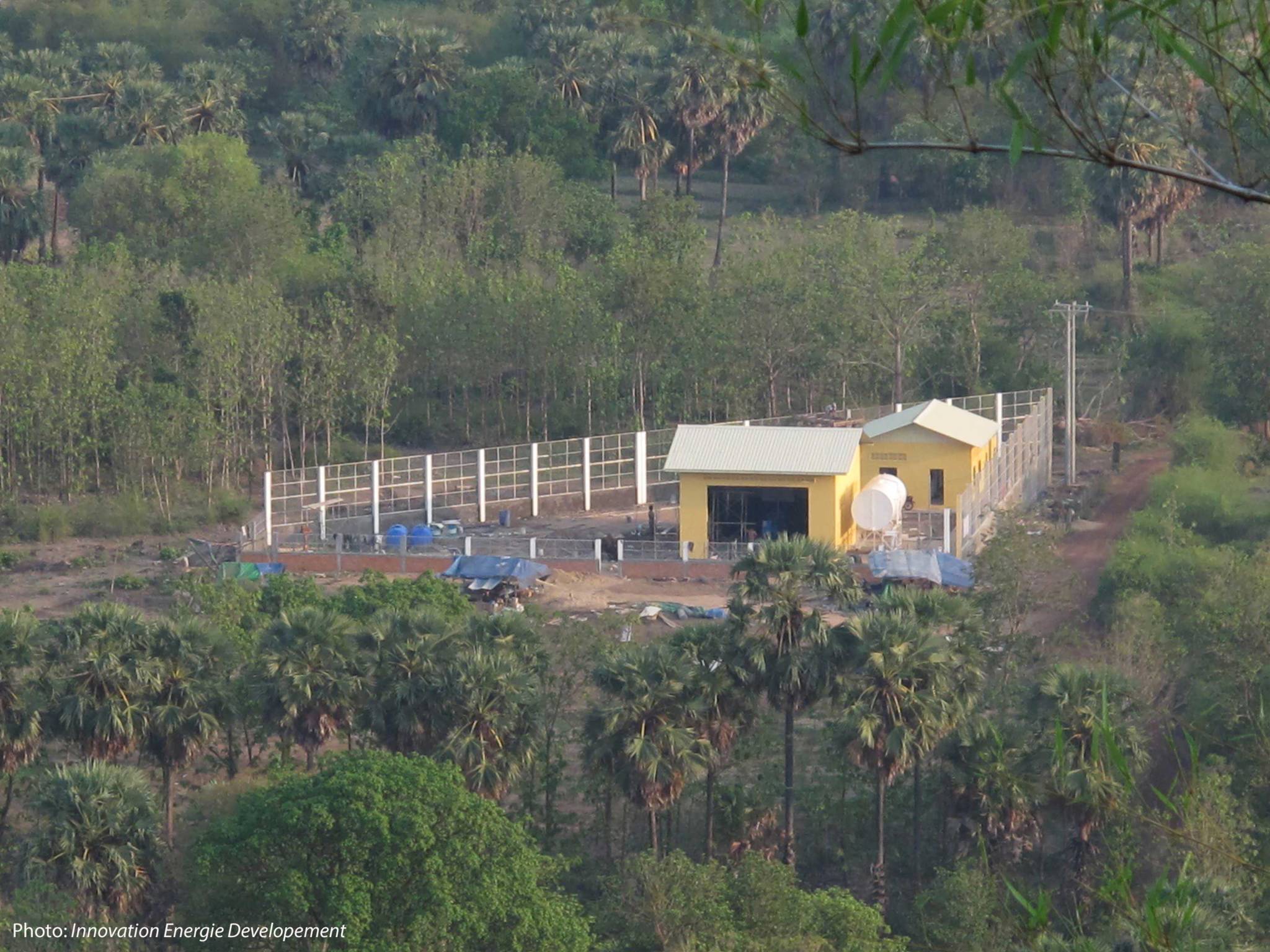We use Cookies. Read our Terms
- News
- Cambodia: Two villages benefit from renewable energy
Cambodia: Two villages benefit from renewable energy

In rural Cambodia power shortages are common and increasing as power supply cannot keep pace with demand. Meeting the needs of poorer communities requires providing services that are practical, culturally appropriate, affordable and sustainable.
The Kingdom of Cambodia is home to more than 15 million people, 80 percent of whom make up the rural population. Despite a wealth of natural resources, it is one of the world’s poorest countries; the direct legacy of a checkered political history.
In the 1970s, civil war laid waste to much of Cambodia’s power infrastructure. With little left in the way of generation, transmission and distribution facilities, all but a fraction of today’s rural population lives without access to electricity. The services that do exist are based mainly on diesel mini-grids but are unaffordable for poor communities.
The Cambodian government is making an effort to re-establish the electricity sector. However, till today there is no national electricity network. The country is eager to increase electricity generation capacities and reduce its dependence on imported fuels.
As the rural population continues to increase and poverty persists, Cambodia faces a major challenge to develop an adequate and reliable source of electricity in the years ahead. Renewable energy is seen as an especially useful option. A step toward affordable energy
Working jointly with the Renewable Energy and Energy Efficiency Partnership (REEEP), OFID has supported a project in Cambodia to bring energy to underserved areas through the upgrading of existing mini-grids. In the village of Chambak, old diesel gensets have been replaced with three new energy efficient ones. These new plants provide a 24- hour service to 1,000 households, which previously had up to only 14 hours of electricity per day, and have brought service to an additional 600 households without any access.
In the village of Char Chhuk, where electricity provision was confined to just 400 homes for eight hours daily, a rice husk-based gasifier was installed. The new equipment allowed for an additional 1,500 households to have access to electricity. The rice husk ash left by the plant is recyclable as fertilizer, so is contributing to food production in the community. The plant also includes an innovative wastewater treatment system that enables the re-use of the wastewater.
The Char Chhuk plant can generate power from two sources—diesel and rice-husk—and can fully operate utilizing only one source. The installation of both plants also generated jobs for locals. The project has not only increased energy access in these areas but has also boostedeconomic activity and improved services, including telecommunications, food processing and conservation, and banking, among many others. The biomass gasification plant in Char Chhuk is the first of its kind in Cambodia and serves as the best demonstration in support of a comprehensive clean energy, rural electrification policy and incentives. As such, the plant has paved the way for further opportunities in Cambodia and other frontier markets.
Dr Walid Mehalaine, Acting Head, OFID Grants unit said: “This project is a good example of how providing access to modern energy services through innovative solutions can transform for the better the lives of entire rural communities and foster local socioeconomic development in a sustainable manner. The project is also a good case to be replicated in other countries and regions.”